We could probably come up with about 50 ways to go green and save money at the same time, but we figure most people would get tired by the time they reach 30. So we’ll keep today’s article short(er), and list just 30 of our top ways anyone can lead an eco-friendly lifestyle that saves money at the same time.
A lot of the problems which contravenes eco-friendliness and sustainability these days have to do with the impact of plastic materials in our landfills. If we make it a habit to think about our daily lifestyle in terms of the amount of plastic we use and discard, we can begin to lessen the burden of plastic on Mother Earth.
Often, people assume that going green is costly or requires additional expenses. While that may be true in certain cases, today we will be covering the simple ways you can achieve wholesome green goodness and save money whilst doing it.
- At the Home and Office (Nos. 1 to 13)
- Going Out (Nos. 14 to 18)
- Lifestyle Choices (Nos. 19 to 30)
AT THE HOME AND OFFICE
1
Use an Aerator on Your Kitchen Faucet and Shower
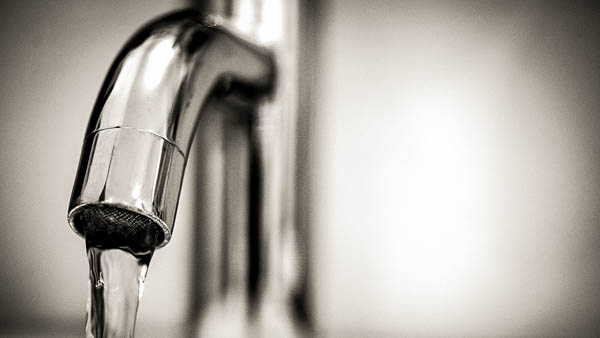
Aerators installed on kitchen sink faucets can save up to 30% of water by mixing air with water and provide similar level of performance as normal flow whilst using less water – that’s going green and saving money at the same time.
Aerators on shower heads work on the same principle and can result in up to 50% water savings. If you live in areas of hard water, opt for shower heads that require lower maintenance and are not prone to calcification effects as poorly-designed shower heads have a tendency to clog.
2
Shower instead of the Tub

Using the shower also uses less water compared to other forms of bathing. Compared to soaking in the tub which uses between 40 to 50 gallons of water, a 10-minute shower session uses only half of that, at 25 gallons. Note that we do not discourage anyone using the tub. It’s good for relaxation, and could be used whenever one needs an invigorating bath instead of the purely functional showering sort.
Asians typically like splashing themselves with small buckets of water when they bathe. This method uses more water as well, compared to showers. Showers generally save water, especially those with built-in aerators, as long as the session does not extend beyond 10 minutes.
3
Use Rags instead of Paper Towels

We all love the convenience of using paper towels to clean up mess in the kitchen. However, using fresh paper towels with every cleanup costs more in dollars and on the environment. Consider using a rag instead. A quick rinse to clean it is cheaper, and if a rag made from old clothes is used to clean up a heavily soiled surface, it can be discarded. Or you could use a paper towel in such situations.
4
Switch to Inverter-type Appliances
If any of your electrical appliances at home is old, obsolete, damaged and due for replacement, consider buying models with built-in inverters. This typically applies to motor-driven (and compressors) appliances such as washing machines, refrigerators and air-conditioning units.
Inverter appliances can save up to 30% or more in energy consumption. Savings are typically realised only once the appliance is run longer than a certain number of hours. Electrical appliances with built-in inverter generally cost a little more than non-inverter ones, but they pay off quickly and you save money in the long run.
Also, if you’re replacing an old air-conditioning unit with one that uses one of the newer refrigerant gases (e.g. R410A), it is a step forward towards saving the environment. Go green, and save money.
Remember to keep the air-conditioning units clean and service them as per manufacturer’s recommended schedule so that they will last longer and don’t need to work harder to provide the same level of cooling.
5
Opt for Low-Water Use Washers
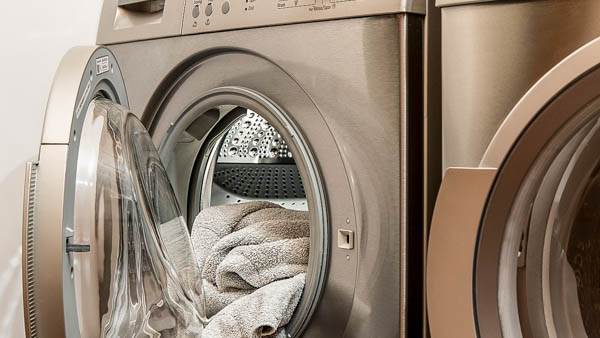
If you’re replacing your washing machine, you could select those that are designed to use less water. These are usually the front-loading washers instead of the top-loading ones. You can also do cold washes when you don’t need to use hot water, as heating will result in higher energy usage.
Personally, we don’t wash shirts and pants with every single use, unless they become very dirty. If the shirt is still clean after a brief outing, consider wearing it for the next brief outing, or put it aside to be worn when making a quick run to the grocers. Determine the optimum quantity of clothes to be washed in one session – too few, you waste water, too many, the washing may not be as effective.
Needless to say, don’t make the social faux pax of going out in stinky clothing in a bid to save water.
6
Opt for Energy-Efficient Electrical Appliances
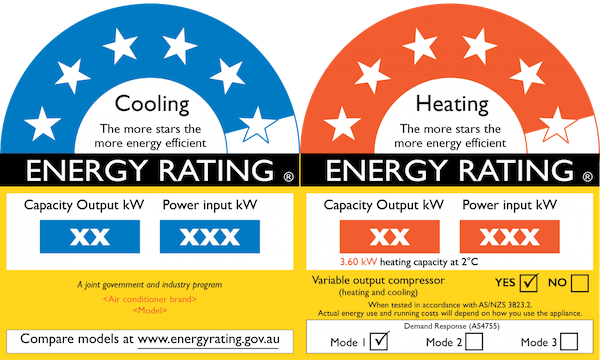
Electrical appliances are rated by stars in the energy they consume. Again, if you’re replacing an appliance, consider buying those with a 4- to 5-star energy rating. The more the number of stars, the better the appliace is at saving energy. In some countries such as Australia, a total of 6 stars is used to indicate maximum efficiency.
Higher star rating appliances often cost more, but they use up less energy and provide you with greater savings in the long run.
7
Switching Off Appliances You Are Not Using

It’s kind of obvious that switching off appliances you are not using will result in savings in energy and bills. But what we mean here is switching off an appliance completely and not merely putting it in standby mode. We understand the convenience that comes with leaving it in standby mode so that it could be powered up via the remote without needing to reach for the main switch. We get that, and if you want to leave these kinds of appliances on standby mode, especially those that you use every single day (such as the TV), we think it’s ok.
What we’re pointing at are those appliances that are not used daily or have not been used for a while and are still left on standby. These should be turned off completely at the main switch so that they don’t consume even small amounts of current unnecessarily.
8
Use or Swap to LED Light Fixtures
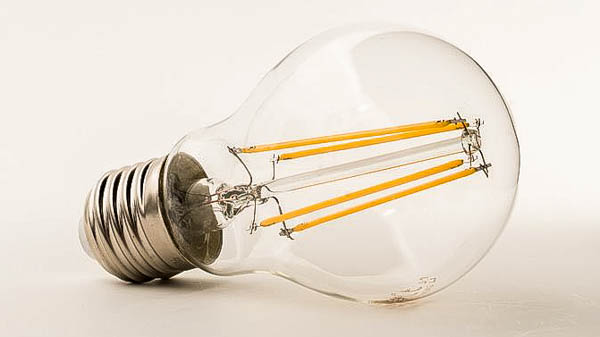
Consider using or swapping existing light bulbs in your home to LED type, especially those incandescent and halogen type bulbs. They consume a lot of power and a big portion of that is wasted as heat. LED lighting consumes significantly less power even compared to energy-saving compact fluorescent lamps (CFLs).
LEDs are more expensive than CFLs, although prices are getting cheaper these days, and their lower energy consumption of the tens of thousands of hours of use makes it worthwhile to make the conversion. The longer life cycle results in less plastic material in landfills, and they do not harm the environment the way mercury content in fluorescent tubes and CFL fixtures do during disposal. As such, note that fluorescent tubes and CFLs need to be properly disposed and recycled to reduce environmental impact.
9
Use a Timer When on Vacation
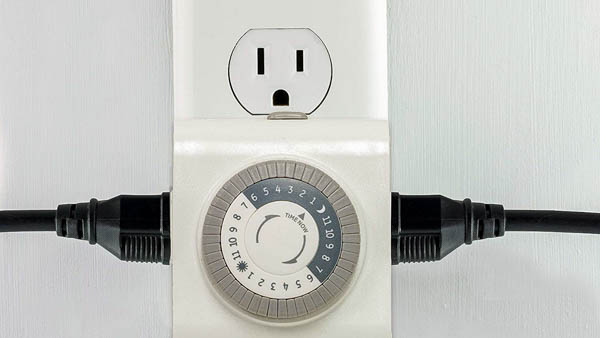
There was a time many decades ago when we used to leave a couple of lights in the home turned on throughout a 3-day or week long vacation. Those days, we were using either incandescent bulbs or fluorescent tubes, which made it very expensive to run. These days, it would be wise to use a timer to control the operation of the light so that it is turned on only during the darker hours or the day.
A light that is left constantly on from morning to night over several days is also an indication that no one is home and this presents a security concern. Use a timer on a table- or floor-standing lamp fitted with an LED fixture to save money and go green at the same time.
10
Use Solar or Wind Energy
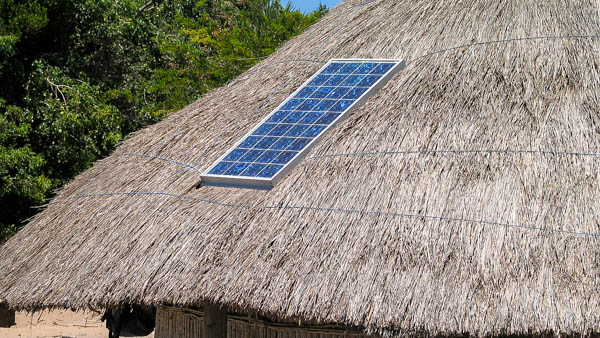
Solar energy could be harnessed with or without a photovoltaic system to reduce the carbon footprint at the home. If your household usage of electricity passes a certain threshold, it may be worthwhile to consider using solar energy to supplement your normal electricity usage.
In certain countries, in a bid to be more sustainable, governments encourage the installation of solar panels by offering a rebate if your monthly household electricity bill exceeds a certain limit. That could help reduce upfront costs and shorten the payback period.
Other renewable energy sources such as wind and geothermal energy could also be tapped if your location meets the conditions for it. In the long term, reliance on renewable energy sources is a sustainability practice that saves energy.
11
Change to a Clean and 100% Renewable Energy Provider
If solar panels are not viable or too expensive an option, you may consider switching over to a Renewable Energy Provider. Bills are often lower with renewable energy and you get rebates with some offers. You will need to check what are the companies that supply clean renewable energy for domestic and/or commercial/industry use at your locality.
In the UK, Octopus Energy is one such service provider. In North America, some of the companies you can engage and speak with are Arcadia Power, Efergy and Neurio.
12
Practise Rainwater Harvesting
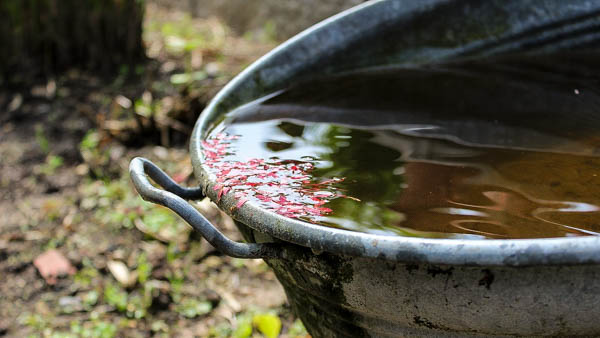
Rainwater Harvesting, as its name suggests, is the sustainable practice of collecting rainwater for domestic and commercial use. These usually involve installation of a system complete with leaf diverter and filtration that works out to quite a bit of cost.
If you live in an area where there is plenty of rain, you could always place a giant pail or two under the open sky to collect rainwater, and then use this for outdoor use such as washing floors and gutters, and watering plants that are shielded from the rain.
13
Grow Your Own Food

If you have a greenhouse or backyard, consider growing your own food and vegetables. Tomatoes, lettuce, peppers, chilies, spinach and peas are some of the vegetables you can grow quite easily at home.
It’s your own version of organic food and you don’t have to pay a lot of money to enjoy this healthier alternative.
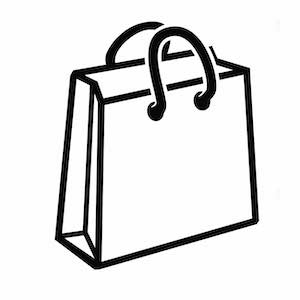
GOING OUT
14
Use Reusable Shopping Bags
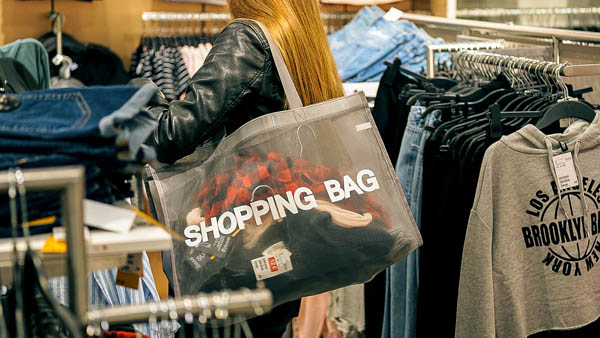
The use of plastic bags has been discouraged or even banned in certain localities, and justifiably for a good reason. In some cities, the use of plastic bags when buying groceries or take-out food is chargeable.
It is a good idea to buy a few reusable shopping bags and take one or two out with you when you’re doing your grocery shopping.
Also, if you’re just buying a few items and don’t feel like bringing the whole bag, carry a used clean plastic bag and keep your goods in this on your way home.
15
Bring Along Your Own Water

If you’re a person who drinks a lot of water, consider bringing your own water from home in a BPA-free plastic bottle or aluminium flask.
In our previous article on 10 Money Wasters You Can Avoid, we suggested buying bottled water only when it is out of need and convenience, but to try and bring your own water when going out. You save money, and contribute less recycled plastic waste to the environment.
Although the bottle may be made of recyclable plastic, these plastic materials are recycled to other manufactured products such as rugs, which eventually end up in the landfill and are not further recycled.
16
Improve Driving Conditions
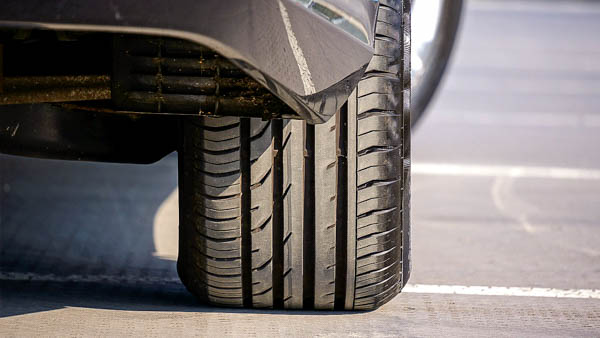
Ensure that your tyre pressure is filled to the correct tyre pressure as per manufacturer’s specifications. This gets you better mileage (saving fossil fuel) and prolongs the lifespan of the tyre, i.e. maximise the life cycle of the rubber and not discarding it off for recycling prematurely.
If you’re thinking of replacing your car, consider switching to a hybrid car or an electric vehicle, and get a smaller car suitable for your daily use for better fuel economy.
17
Carpool to School or Work
Arrange to carpool to school or work if there is such an opportunity. You’d be spending less on fuel, and contributing to less traffic and lower emissions to the environment.
18
Walk or Bike Over for Short Distances

If you’re making a quick trip to the grocers or a friend’s place and the distance isn’t too great, walk or ride a bicycle over. You’d be saving some money while getting a good exercise at the same time.
LIFESTYLE CHOICES
19
Shop Second-Hand
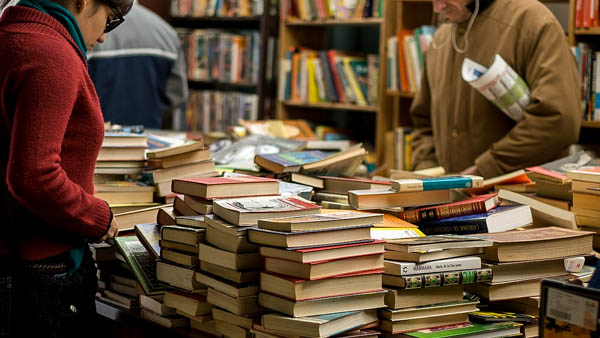
You don’t have to make living on second-hand goods a way of life, but a few items are quite viable as second-hand items. e.g CDs, books, laptops, cars etc. If they are still in good condition, giving them a new lease of life means having less items in the landfill.
20
Sell instead of Throw Away
Similarly, for others to give your items a new lease of life and burden the planet less, list the usable items that you no longer want on eBay or take them to Cash Converters.
If the effort put into selling them doesn’t seem worthwhile, then place them at a collection centre where someone else may find good use for them, instead of going into the bin where no one will ever see them, except at the landfill. You may not get to make a little money this way, but at least you’re contributing less to the burden on the planet.
21
Use Reusable Coffee Filters
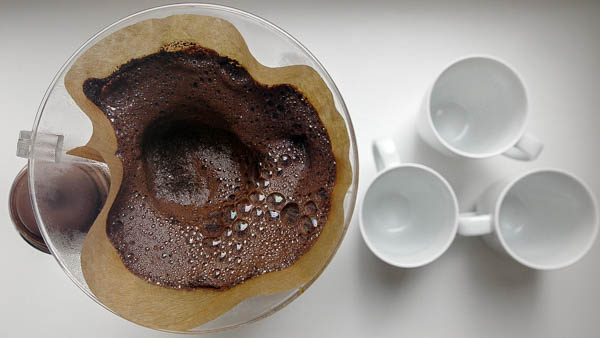
This one is simple. Opt for reusable coffee filters instead of disposable ones.
22
Recycle Old Clothes
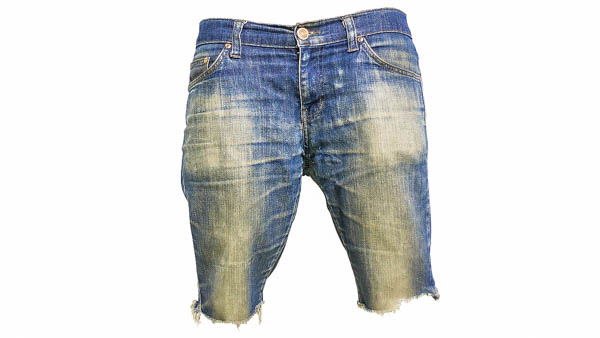
Old clothes that you can no longer wear can be passed on to siblings and relatives, or to the Salvation Army for them to pass these clothes on to others in need.
You may not save money in the process, but you’ll be saving someone else’s money, and feel good doing that at the same time.
If your clothes are in a state where they are no longer usable, extend their usability by turning them into rags, i.e. the rags we were talking about in Item No.3 above.
23
Think Before You Print
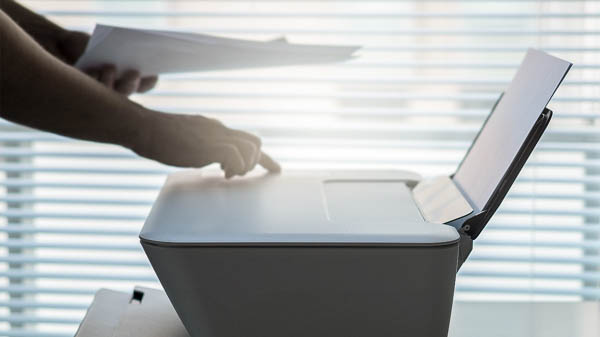
All too often we print items that we don’t need. If using a soft copy boarding pass on your smartphone makes it inconvenient for you at the airport, by all means print one, although a soft copy is always an option. But some paper printing can be done without, such as receipts at the petrol station and ATM, or anything printed for short temporary use.
Opting not to print receipts won’t save us money, but it is a step towards going green. And if you’re choosing not to print documents you don’t need at home, that you can otherwise rely on a soft copy on your computer or tablet for reference, then that would be cost savings and a green move from using less paper.
24
Use Rechargeable Batteries
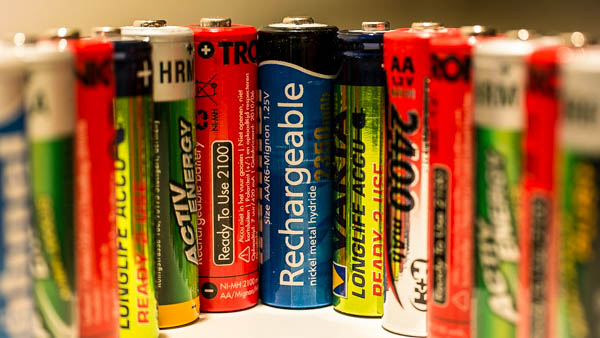
A NiMHNickel Metal-Hydride rechargeable battery can have as many as 500 to 1,000 or more charge cycles before they need to be replaced. That is 500 to 1,000 fewer alkaline batteries that end up in landfills for every rechargeable battery that is used. It is a green practice, and you save a lot of money in the long run.
#usefultip: Save your depleted batteries from your high energy-draining devices for use in low-power devices such as clocks and remote controls. Often, a “dead” battery from an appliance such as a shaver or a handheld game console can power a clock to run for an appreciable amount of time.
25
Resist the Tech Upgrade
There was a time when I would upgrade my smartphones on a yearly basis, without fail, whether they needed an upgrade or not. It’s just the idea of having something new to use, or being up-to-date with the latest in technology. These days, I could use a smartphone for up to 3 to 4 years. I’ve just come to the realisation that there are things that I don’t need to be at the forefront of, and have learned to resist the temptation to always be an early adopter. Or I have just gotten old.
It’s truly a money-saving way of life, and extending the life cycle of anything is really the name of the game.
26
Opt for Soft Copy PDF Statements
![]()
This is another one you could put into effect immediately. Some banks and loyalty reward programmes charge a fee to have a hard copy statement delivered to your address. Where available, opt for soft copy PDF statements to be emailed to you instead.
You’d be going green and saving money at the same time, and not to mention, reducing yourself to be exposed to the risks of identity theft, as this article on 15 Ways to Prevent Identity Thefts outlines in detail.
27
Opt for Soft Copy Form Submissions
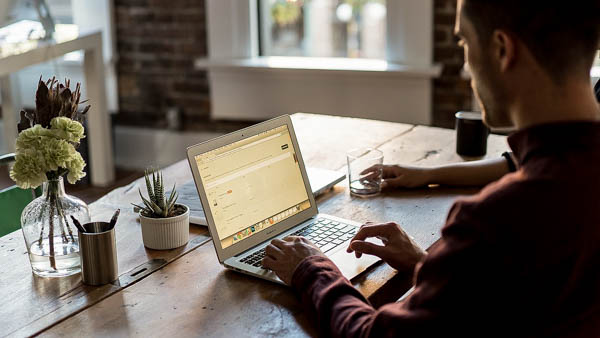
In the same vein as the above, as you receive, so will you submit. For some application process and council documents, choose to submit via an online form or filled up PDF soft copy instead of printing out the forms and delivering it by post or in person. The carbon footprint to this is a whole lot smaller, especially when compared to driving there to deliver it in person.
28
Use Good Ol’ Safety Razors Instead of Disposable Razors
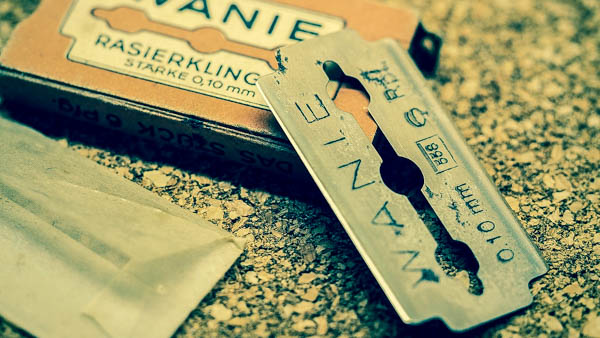
Remember these flat-packed razor blades that were commonly used some time ago? Instead of buying the more expensive disposable cartridge-type shaving blade consumables, consider using these metal-only razor blades for shaving.
There is no plastic component that ends up being discarded, and you can turn over these blades a few rounds giving them extended use. A great way to go green and save money at the same time!
29
Buy Refill Packs instead of Whole Bottles
These days, you can easily find refill packs for coffee, shampoo, body wash and other consumables. Most of these are packed in better recyclable materials than the original cans or bottles that come with the first purchase. Opt to buy refill packs instead of the first plastic dispenser bottles. Fill up and reuse the old bottles whenever possible. Refill packs are also cheaper, so you save money and the environment at the same time.
30
Drink Tap Water
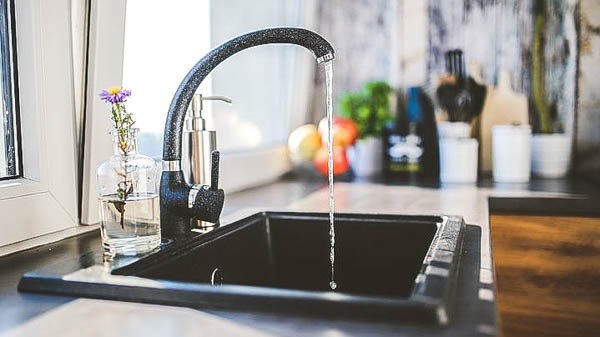
In some countries like the UK and Switzerland, it is safe to drink straight out of the tap. Go green by not relying on bottled water. Save electricity and money by not boiling tap water.
Other Ways to Go Green and Save Money
The 30 ways listed above are some of the simpler ways you can incorporate into your daily living at home and at work in an endeavour to go green and save money at the same time.
There are other ways we would like to include before we conclude this article. Consider these bonus tips.
If you love reading, consider buying PDF versions or Kindle Editions of books to read on your iPad or tablet. This makes use of less to no paper and dependence on trees, and non-print soft copy editions are often cheaper. Plus, you can take many books with you on a vacation without weighing you down.
Another way, if you’re a DIY-savvy person, is to attempt to repair and salvage a broken item before sending it to the landfill. You prolong the life cycle of the product, discard less waste to the environment and save money in the process.
We hope you found this article on how to go green and save money at the same time beneficial and rewarding. And if you have other excellent ideas on how we can do our bid to save the environment, money-saving or not, do share with us and our readers in the comment section below.





